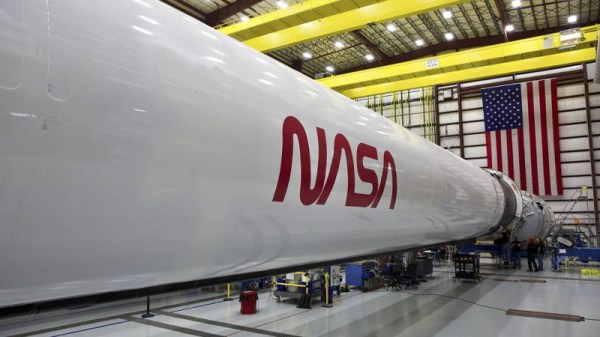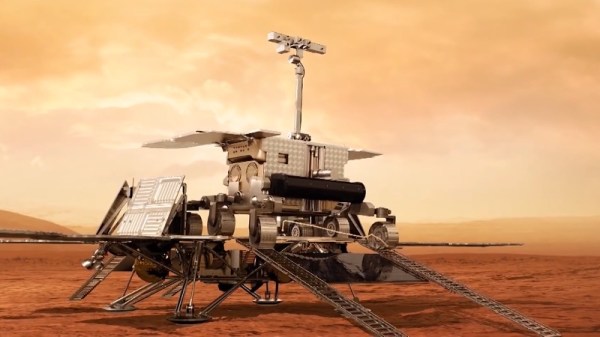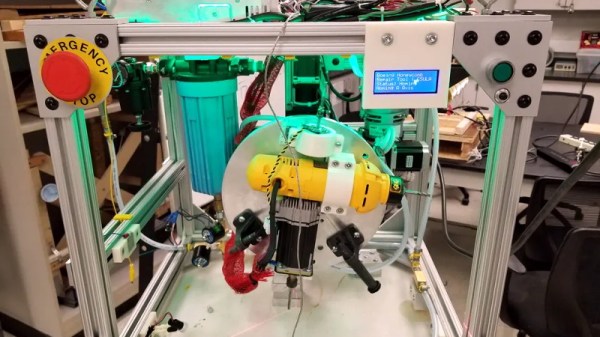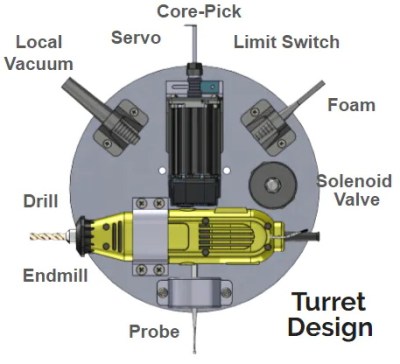Orbiting over our heads right now are two human beings who flew to the International Space Station in a SpaceX Crew Dragon vehicle on top of a Falcon 9. The majority of coverage focused on the years since human spaceflight last launched from Florida, but [Eric Berger] at Ars Technica reminds us it also makes for a grand ten-year celebration of the SpaceX workhorse rocket by sharing some stories from its early days.
Falcon 9 is a huge presence in the global space launch industry today, but ten years ago the future of a young aerospace company was far from certain. The recent uneventful launch is the result of many lessons learned in those ad-hoc days. Some early Falcon 9 flights were successful because the team decided some very unconventional hacks were worth the risk that paid off. A bit of water intrusion? Dry it out with a blow dryer and seal it back up. Small tear in a rocket nozzle? Send in someone to trim a few inches with shears (while the rocket was standing vertical on the launchpad).
Industry veterans appalled at “a cowboy attitude” pounced on every SpaceX failure with “I told you so.” But the disregard for convention is intentional, documented in many places like this old Wired piece from 2012. Existing enshrined aerospace conventions meant the “how” was preserved but the “why” was reduced to “we’ve always done it this way” rarely re-evaluated in light of advancements. Plus the risk-averse industry preferred staying with flight-proven designs, setting up a Catch-22 blocking innovation. SpaceX decided to go a different way, rapidly evolving the Falcon 9 and launching at a high cadence. Learning from all the failures along the way gave them their own set of “why” to back up their “how” growing far beyond blow dryers and metal shears. We’re happy to see the fail-learn-improve cycle at the heart of so many hacker projects have proven effective to send two astronauts to the space station and likely beyond.
[Photo: SpaceX Crew Demo-2 on the launch pad]



















